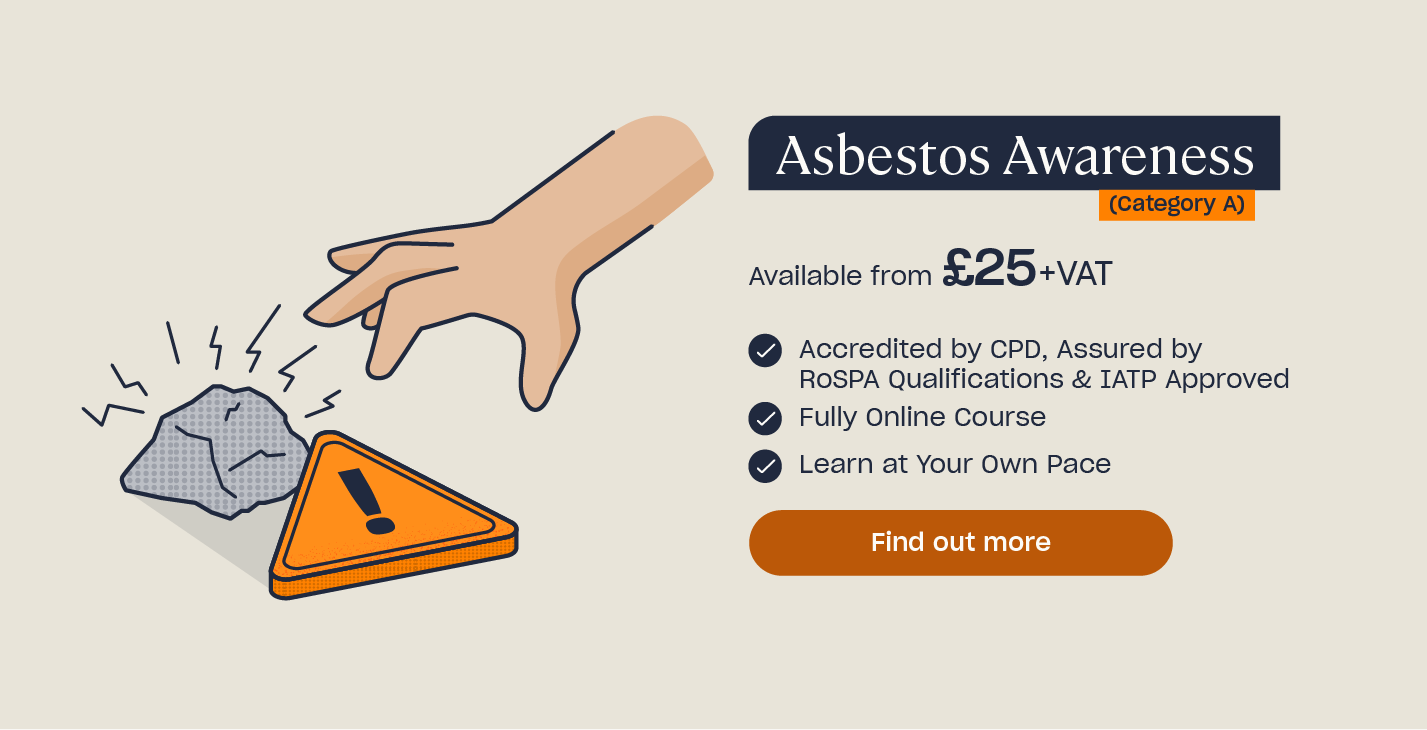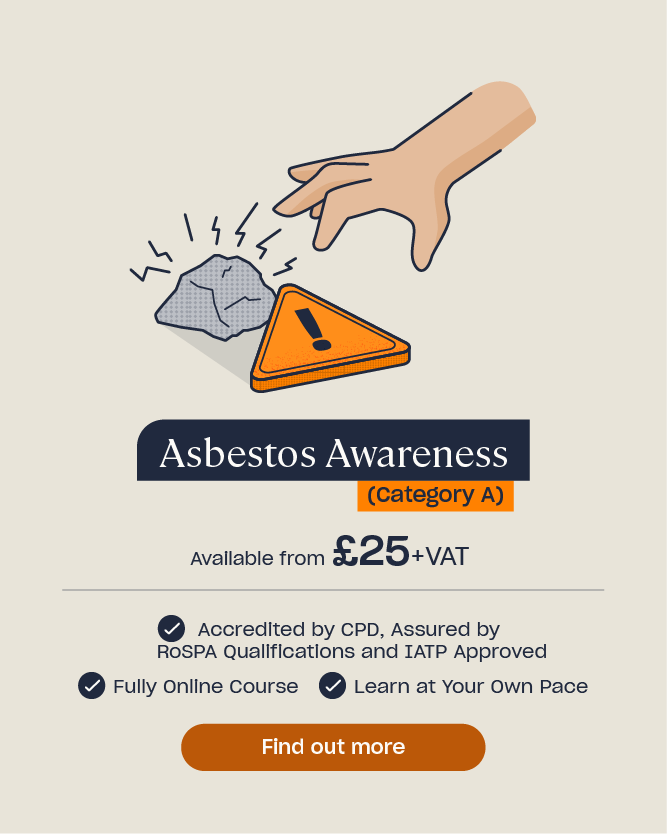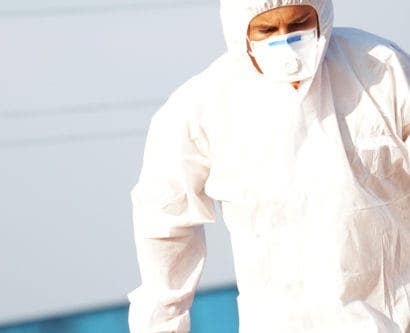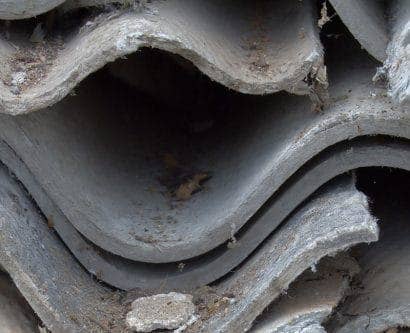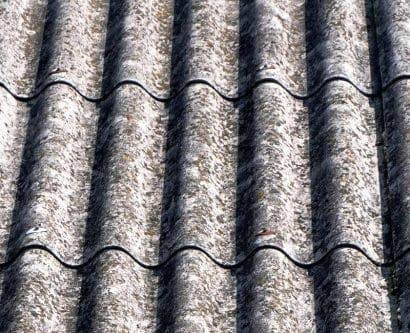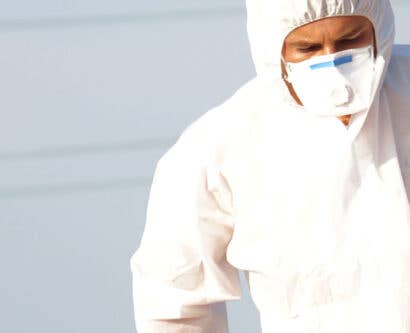What is Asbestos?
Exposure to asbestos is extremely dangerous and harmful to health. In fact, asbestos is the largest cause of death for workers in the UK, resulting in over 5000 deaths every year. It’s essential, therefore, that you have an awareness of asbestos and its associated risks if your work has the potential for you to discover or disturb asbestos. Understanding the severity of these health implications is crucial for keeping yourself and others safe.
In this article, we will define exactly what asbestos is and where you are likely to find it. We will also outline the different types of asbestos and how you might recognise it.
What Exactly is Asbestos?
Asbestos is a naturally occurring substance that was used in buildings and materials for many years to provide additional fire protection and insulation properties.
Materials made with asbestos are strong, incombustible, heat-resistant and sound-absorbent, making asbestos an attractive material for electrical and building insulation, among other uses.
In 1999, the UK banned asbestos due to an increased incidence of lung-related diseases in those working with the substance. However, any building or material manufactured or refurbished before the year 2000 may contain asbestos. Therefore, you have an increased risk of encountering it when working on pre-2000 properties.
Are you aware of the dangers that asbestos poses? Check out our Asbestos Awareness Quiz to test your knowledge.
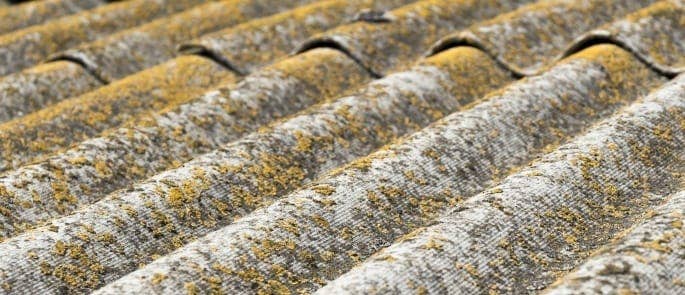
Where is Asbestos Found?
As asbestos was used to provide additional fire protection and insulation properties, it could be found in a number of different places.
For example, in a house, factory or office built before 2000, asbestos could be found in:
- Roof tiles.
- Asbestos Insulating Board (AIB).
- Water tanks.
- Pipe lagging.
- Ceiling tiles.
- Tile adhesive.
- Vinyl floor tiles.
- Fire breaks in ceiling voids.
- Cement guttering or pipes.
You’ll be in danger of encountering asbestos at work if you carry out refurbishments, repairs or maintenance trades. Examples of people who are commonly at risk include:
- Builders.
- Carpenters and joiners.
- Roofing contractors.
- Heating and ventilation engineers.
- Plumbers and gas fitters.
- Electricians.
However, it is important to remember that asbestos doesn’t just affect those who work with it. If disturbed, asbestos can affect anyone in the immediate area. Fibres can also be carried on clothing, which may then impact the worker’s family and friends.

Why is Asbestos Bad?
Asbestos is a fibrous material, meaning that it is made up of fibres that are incredibly small – approximately ten times smaller than the width of a human hair.
If asbestos or ACMs are disturbed, these fibres are released into the air. If inhaled, the fibres can get trapped in the lungs, potentially causing scarring and inflammation. This affects breathing and leads to serious health problems, such as:
- Asbestos-related lung cancer. This malignant tumour of the lungs’ air passages can cause an obstruction that looks similar to lung cancer caused by smoking.
- Asbestosis and fibrosis. Scarring of the lung tissue leads to breathing difficulties and can cause further complications, including heart failure.
- Mesothelioma. A cancer of the cells that make up the lining around the outside of the lungs and inside the ribs (the pleura), or of the abdominal wall. It is fatal at the time of diagnosis.
- Pleural plaques. These affect the pleura adjacent to the ribs, with around 20% to 60% of people exposed to asbestos developing pleural plaques.
Asbestos fibres can also cause health problems for other parts of the body. For example, asbestos warts and corns can form both on the skin and around major organs.
To learn more about asbestos exposure, have a look at our article: What are the Symptoms of Asbestos Exposure?

Friability
The risk of asbestos fibres being released and causing ill health depends on the friability of the ACM. This means how easily the material can crumble and release fibres. The greater the friability, the greater the risks of health problems.
ACMs that are more likely to be damaged and release inhalable asbestos fibres are known as friable. On the other hand, ACMs that are more resistant to damage and are therefore less likely to release harmful fibres are known as non-friable.
Friability is caused by two main factors:
- The type of materials used along with the asbestos in the ACM.
- The type of asbestos in the ACM.
For example, asbestos cement sheets or gutters contain a low percentage of asbestos and, therefore, pose less of a risk. Conversely, sprayed asbestos insulation is often almost entirely made up of asbestos and deteriorates over time, either through mechanical or weather damage. Therefore, the risks from these materials can be much higher.
You can find more information on the differences between friable and non-friable asbestos in our article, here.
Need a Course?
Our Asbestos Awareness course is designed for anyone whose job role may expose them to asbestos. It explains in detail what asbestos is, where it may be encountered and what to do if you discover it.
What are the Different Types of Asbestos?
The term asbestos refers to six unique minerals belonging to two mineral families, serpentine and amphibole. All forms of asbestos are highly toxic and exposure can lead to the development of many terminal diseases, such as mesothelioma.
The three main types of asbestos that you may come across whilst carrying out building work are:
- Chrysotile (white asbestos). Chrysotile is the most commonly used type of asbestos and is often contaminated with trace amounts of tremolite. Chrysotile fibres are usually fine in texture, possessing high flexibility and good heat-resistant properties, making it ideal for use in cement, brake pads/linings and roofing materials.
- Amosite (brown asbestos). Mined mostly in Africa, amosite is a particularly strong and heat-resistant type of asbestos that was commonly used in cement sheets, plumbing insulation and electrical insulation. Though all types of asbestos are toxic, amosite asbestos exposure has a comparatively higher cancer risk.
- Crocidolite (blue asbestos). Crocidolite has very thin fibres and, if inhaled, are easily lodged in the lungs. Its thin fibres and brittle nature make crocidolite one of the most harmful forms of asbestos, as it easily breaks down and leads to asbestos exposure.
While the main forms of asbestos are often called white, blue or brown, in the majority of cases, the asbestos cannot be distinguished by colour. In all cases, accredited testing will be required to ensure that the type of asbestos is correctly identified.
You can find more information about the different colours of asbestos in our article, here.

How to Recognise Asbestos
As we’ve already discussed, the different forms of asbestos are made up from two types of fibres: serpentine and amphibole.
Amphibole fibres is the term used for the group of asbestos types that include amosite and crocidolite. They also include a further three types of asbestos that are less commonly found: tremolite, anthophyllite and actinolite. Amphiboles have needle-like crystals and are usually dark in colour.
Chrysotile is made up of serpentine fibres, which are curly and in sheets of crystals.
It’s essential to know that you will not be able to identify the presence of asbestos by sight alone. As we’ve established, the ‘colours’ are not a reliable way of identifying the different types of asbestos which, in itself, can appear in many shapes and forms.
The only way to know for certain whether asbestos is present and which type it is, is to have a sample analysed by a specialist laboratory. Find out more here: How to Test For Asbestos.
However, you must never handle or try to remove asbestos yourself. If you encounter what you suspect to be asbestos, you must not touch it. Instead, you should keep it isolated and seek specialist advice. If it is asbestos, then only professionals who are specifically trained to manage it should handle and remove it. Our article, ‘Can You Remove Asbestos Yourself?’ goes into more detail on this topic.
As part of any health and safety management process, there should be emergency procedures in place to deal with the discovery or accidental disturbance of asbestos. Everyone who is at risk of potential exposure should understand the specific, immediate actions that need to be taken should this event occur. Check out our article for more information on what to do if you’re exposed to asbestos, here.
We hope you’ve found this article on asbestos informative and helpful. If you have any further questions about the topics discussed in this article, don’t hesitate to get in touch with us at High Speed Training. You can contact our friendly team on 0333 006 7000 or email support@highspeedtraining.co.uk.
Further Resources
- Asbestos Awareness Course (Category A)
- Answering Your Asbestos Awareness Questions
- What Are The Three Types of Asbestos Training?


